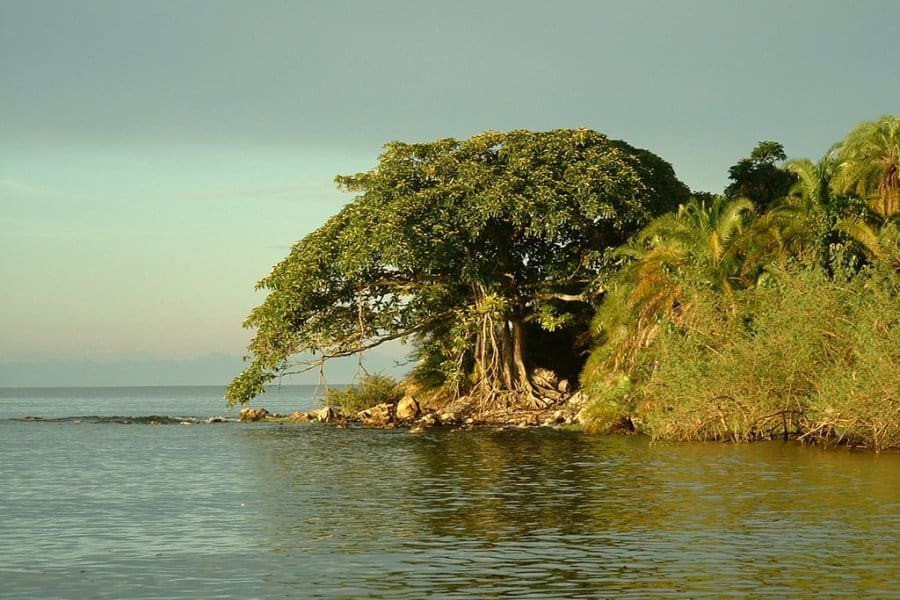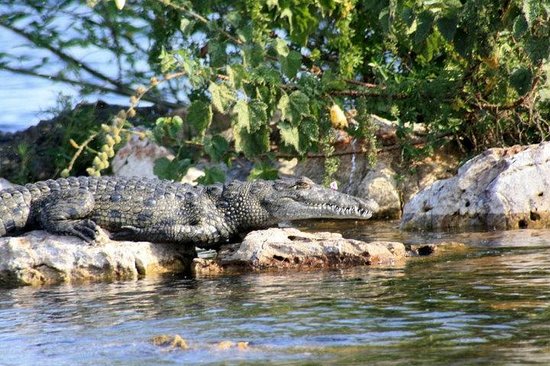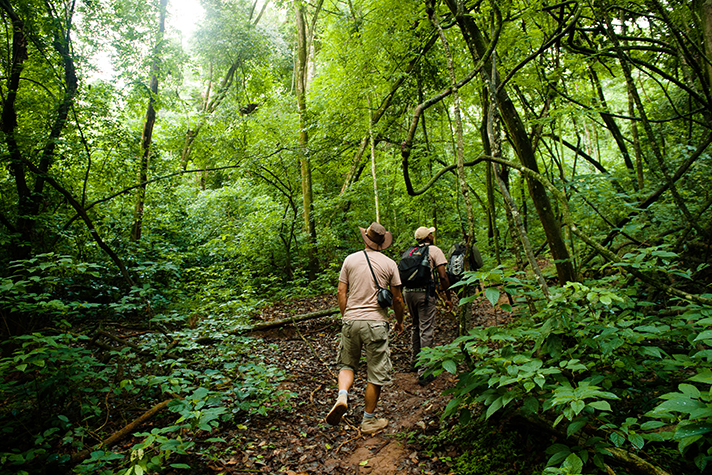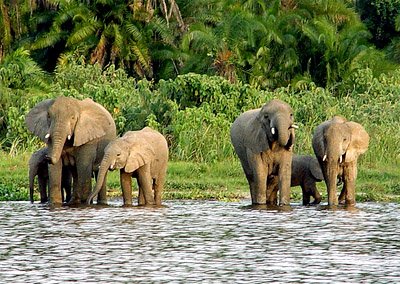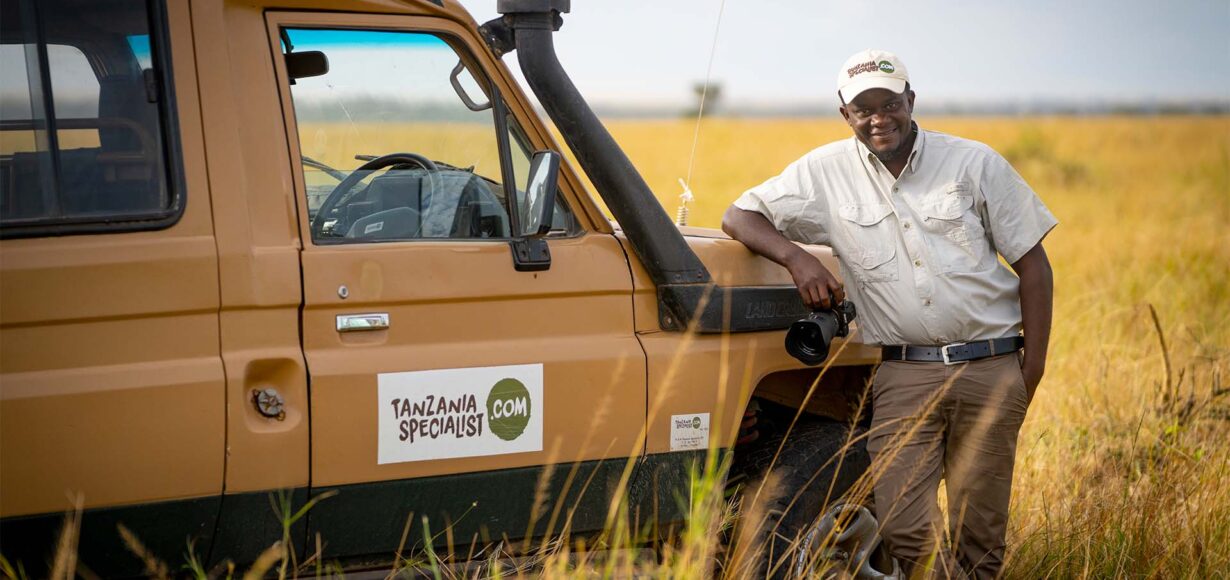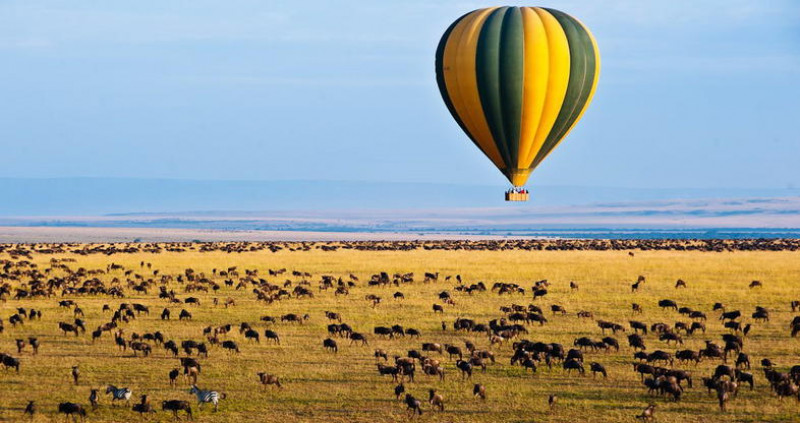Rubondo Island national park has a size of 240 km². It is only one of two Tanzanian national parks located on an island in Lake Victoria, the world’s second-largest lake. It is located in the southwest corner of the lake. Rubondo became a game reserve in 1965, to provide a sanctuary for animals. Tanzania gazetted Rubondo in 1977 as a national park. It is uninhabited and consequently 90% of the island remains forest today. With nine smaller islands under its wing, Rubondo also protects precious fish breeding grounds.
Wildlife in Rubondo Island
Rubondo Island offers many deserted sandy beaches that border directly on the forest. Here you will find bushbucks, which move smoothly and silently through the labyrinth of tamarind, palm trees and sycamore figs. The shaggy-coated aquatic sitatunga, which lives by the water, with its distinct webbed feet, can be observed particularly well here. Savory tilapia (Oreochromis niloticus) are the main food of the yellow-spotted otters that hunt around the island’s rocky bays, while the predatory Nile perch, weighing up to 100 kg, is a tempting challenge for hungry fishermen in Rubondo Island national park.
Wild jasmine and numerous colorful orchid species grow in the forest, from which a mysterious potpourri of scents flows. 90% percent of the park is considered to be forest. There are also open grasslands and papyrus groves by the lake. Indigenous wild animals such as hippos, crocodiles, vervet monkeys, genets, dikdiks and mongooses share their habitat with the chimpanzees, black and white colobus monkeys, elephants and giraffes that have subsequently settled here. The remoteness of this national park allows them to develop freely.
The Rubondo National Park: A bird watcher’s paradise
Birds are omnipresent on the island and make the Rubondo National Park an insider tip for ornithologists. More than 400 species have been registered over the years. Flocks of African gray parrots, which were once released on the island, flutter around excitedly and chirp in different tones. Herons, storks and spoonbills breed in large numbers in the swampy bank areas. Thousands of Eurasian migratory birds join them every year.
Information and facts
The Rubondo Island national park is located on an island in the middle of Lake Victoria, the second largest lake in the world. The island is uninhabited and 90% of the island is still forested. Here you can find native wildlife, such as hippos, crocodiles, antelopes and elephants and giraffes. Birds are also omnipresent on the island and make the Rubondo Island national park an insider tip for ornithologists.
Most common animals
- black and white colobus monkeys
- elephants
- giraffes
- antelopes
- hippos
- crocodiles
- chimpanzee
- many bird species
- tilapia fish
Facts about Rubondo
- size of 240 km²
- located on an island in Lake Victoria
- became a game reserve in 1965
- national park since 1977
Rubondo Highlights
- uninhabited
- 90% of the island is forest
- includes nine smaller islands
- precious fish breeding grounds
- more than 400 bird species
